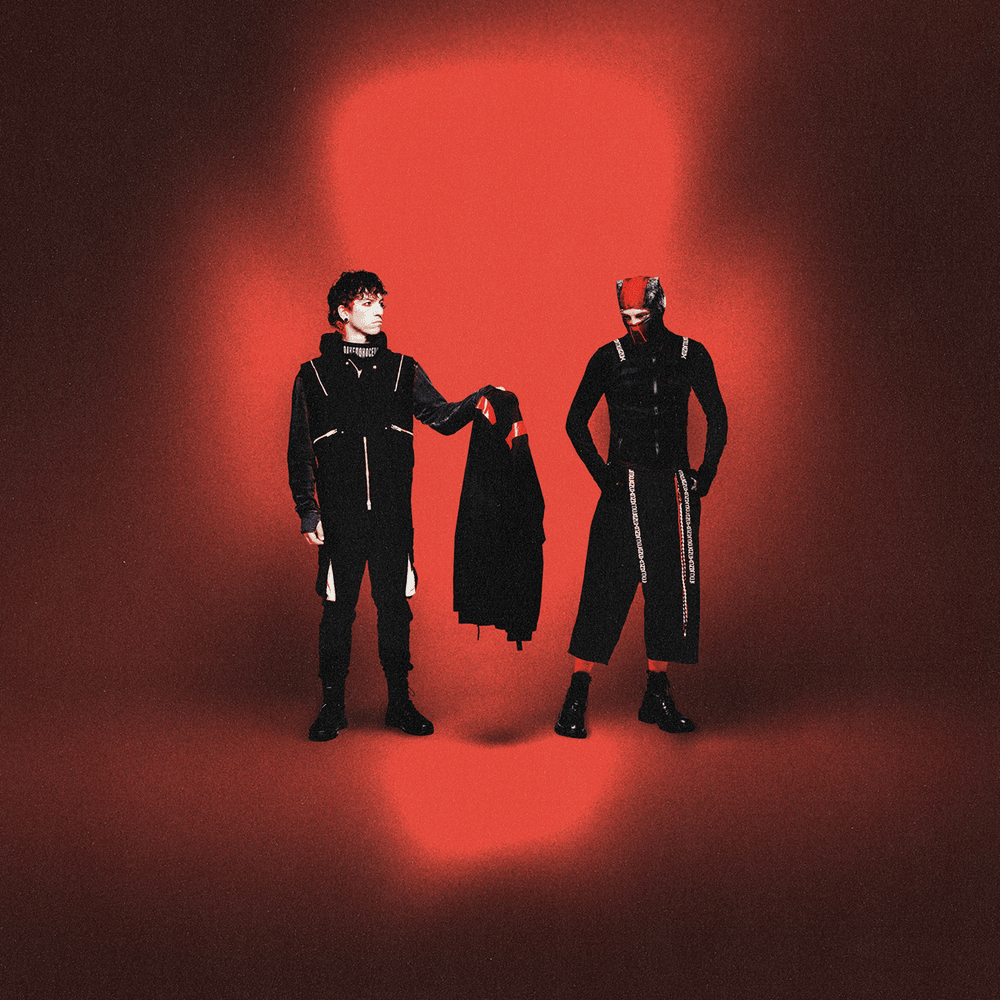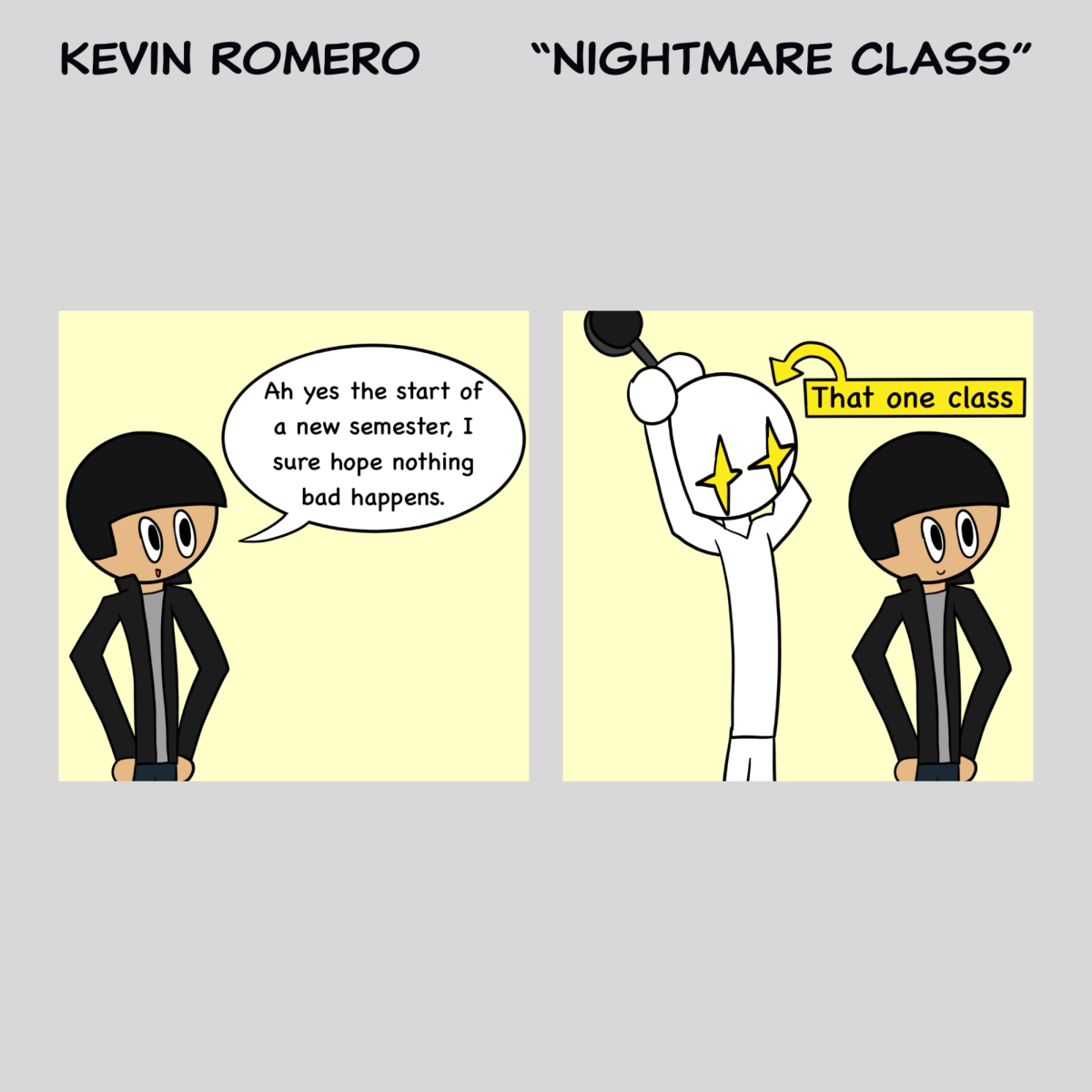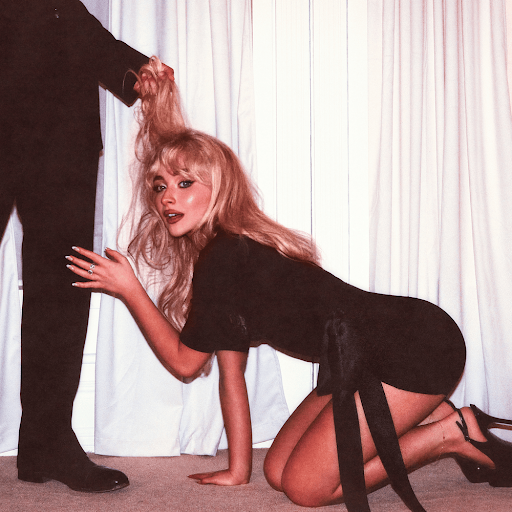
2010’s Alan Wake has amassed a cult following in the years since its release because of its decidedly weird narrative that blends the line between fiction and reality. It takes elements from Twin Peaks and Stephen King’s Misery while not being redundant or derivative of either story. Anyone who has played this game knows that there is not anything quite like it.
Since 2010, fans have been patiently waiting for a proper sequel. There were some downloadable expansions, a spinoff game called American Nightmare, and some teases in the 2019 game Control, but fans have long anticipated a proper follow-up to the original game.
In October 2023, fans were finally treated to the long-awaited sequel to the game that has come to define the studio, Remedy, following the Max Payne games. Put simply, Alan Wake II not only makes the original look like a rough draft, it makes it look like a crummy outline.
Alan Wake II is a cerebral and mind-bending horror experience that will start and end with you scratching your head.
Set 13 years after the original game, Alan Wake II follows the titular character as he attempts to write himself out of the ever-illusive and convoluted dimension of the Dark Place. In addition, the game also follows co-protagonist FBI agent Saga Anderson as she investigates mysterious supernatural murders pointing to Wake.
Waking With An…tica……..pation:
In my myriad of drafts and failed attempts to write this review, I can empathize with Wake’s struggle to write his narrative. I have started drafting this review upwards of 6 times and I’m still struggling to wrap my head around where to even start with this game.
I recently went to a Rocky Horror Picture Show performance, and anyone who’s seen the film knows that it’s like an acid-induced fever dream. Watching this performance, I struggled once again to understand what was going on. However, everyone there was smiling and having a great time regardless of the confusing plot itself.
The film is a celebration of creativity and difference, so it’s often more focused on affect than logic. Watching this performance finally got me to have my lightbulb moment with this review as I saw a myriad of similarities between the two stories.
Both stories feel like the writer was on shrooms, but more than that, they both are slightly uncanny and aren’t exactly perfect. While playing/watching both, it feels like you get a peer into the minds of the creators thanks to the seemingly imperfect aspects that give both a distinctly theatre-esque quality.
There’s a scene in Rocky Horror where an actor is falling asleep in the middle of an important scene. In Alan Wake, there are a variety of live-action cutscenes where you can tell the lip-synching is not quite right and the film quality is kind of ratty and unpolished.
Additionally, both projects just refuse to be defined. While you can usually point to a few muses for any given work of art, the inspirations for these stories are so disparate and various that only a creative genius could fit all of them into a cohesive story.
Watching Rocky Horror again finally helped me to understand how to properly articulate why Alan Wake II is such a phenomenal generation-defining game. Put simply, Alan Wake II is a game unlike any other that is so clearly made with a unified and central creative vision and refuses to be pigeon-held to any specific genre.
We’re Just Looking For The Thrill
The first game suffered from a variety of shortcomings, specifically around its clunky combat and lackluster level design. Coming off the heels of the Max Payne series, the first game left a little to be desired in terms of gameplay, but it gathered a cult following because of its engaging and perplexing narrative.
Alan Wake II flips the script a bit from the first game as it shifted itself to be more of an outright horror game. The first was more of a survival action game with supernatural elements, but this feels more akin to something like Resident Evil or Silent Hill.
This game excellently modernizes the gameplay of the original while also bringing a distinctly new flavor to that original formula.
The flashlight-based combat returns, but has received significant overhauls and revamps. For one, Alan and Saga get the worst flashlights ever because they run out of energy after flashing only four enemies before needing new batteries. In the first, you also had the world’s worst flashlight that would run out of energy quickly, but here, you have to be much more careful and calculated with how you use it.
Every enemy in the game is invulnerable at first until you break their dark barrier using the flashlight, which adds an interesting layer to the combat that would otherwise be standard fare for a survival horror game. Not only do you have to be resourceful with your ammo, but you also have to carefully choose which enemies to engage with and weigh the benefits of wasting both ammo and flashlight energy.
The first game felt more like an action game with some survival horror elements but Alan Wake II firmly cements itself in the survival horror genre in the same vein as modern Resident Evil. As a result, levels are much more complex and are littered with multilayered puzzles.
This shift to horror massively improves the gameplay experience by not only making the world feel far more interactable but also instilling a stronger sense of vulnerability in the player.
Don’t Be The Story, Make The Story
In many ways, Alan Wake II transcends just being labeled as a video game as it incorporates so many different modalities of art into its core themes and narrative. To just label it as a video game does the narrative a disservice.
Everything from literature, music, filmmaking, poetry, painting, photography, and more plays a key aspect in this story.
Since Alan Wake is an author, literature plays an important role, so much so that the player is tasked with writing and rewriting the stories they come across in the Dark Place and mapping out a logical sequence of events. Additionally, players must piece together pieces of evidence to create a story in Saga’s investigations.
Through both protagonists, you see two different sets of creative processes and get a peak at the often chaotic and conflicting nature of creativity.
Where most other games will lazily communicate important plot details through half-baked dialogue and quest markers, Alan Wake II takes a distinctly unique approach. Pretty much every pivotal moment in the game is communicated through some kind of outside artistic medium separate from video games.
Many of Saga’s defining moments happen from revelations after reading Alan Wake’s manuscripts, Alan’s biggest moments all occur in filmed live-action cutscenes or recordings, and some of the best and most impactful scenes in the game are spearheaded by powerful music that will either tug at your heartstrings or have you dancing and headbanging. Heck, one of the most important tools that Alan uses in his journey is teased to the player from an in-universe movie trailer
The multimedia nature of this game is not some pretentious ploy as many have portrayed it to be. The game attempts to strike at the heart of the power of creativity and the ways it can affect how we see and interact with the world.
On paper, aspects like a 20-minute short film, a 15-minute long rock opera dance number, and a photo gallery, may seem jarring and confusing (especially for a horror game), but the creative masterminds at Remedy not only make them work, but they add to the complexity and mystery of this already confusing narrative.
In the end, it’s never just the light you need
In the game, there is a lengthy section surrounding the grief of a 70’s rockstar. I won’t get into explicit details to avoid spoilers, but it is one of the creepiest and most impactful sections of the game that culminates in the player having to use a record to access the final area in this section.
When you play the record using a jukebox, a beautiful and tear-jerking song plays that reveals that character’s inner anguish and how his anger-ridden past drove away his family and left him with nothing but “anger’s remorse.”
It’s moments like these that reveal the beauty that lies beneath the surface of Alan Wake II. Humans and the world that surrounds us are often messy and confusing but through art and creation, we can seek to understand ourselves and others just a little bit better.
There is nothing quite like Alan Wake II, and there are very few games that leave the kind of impact on me like this has. Through all of its quirks and creative flourishes, this game makes it clear that this was a passion project by artists who care about their craft.
In an industry that has become increasingly hijacked by corporately mandated slop where investors and focus groups have more control than the artists themselves, Alan Wake II is a hopeful reminder that creativity is still alive and just as important as it always has been.
Score: 10/10







